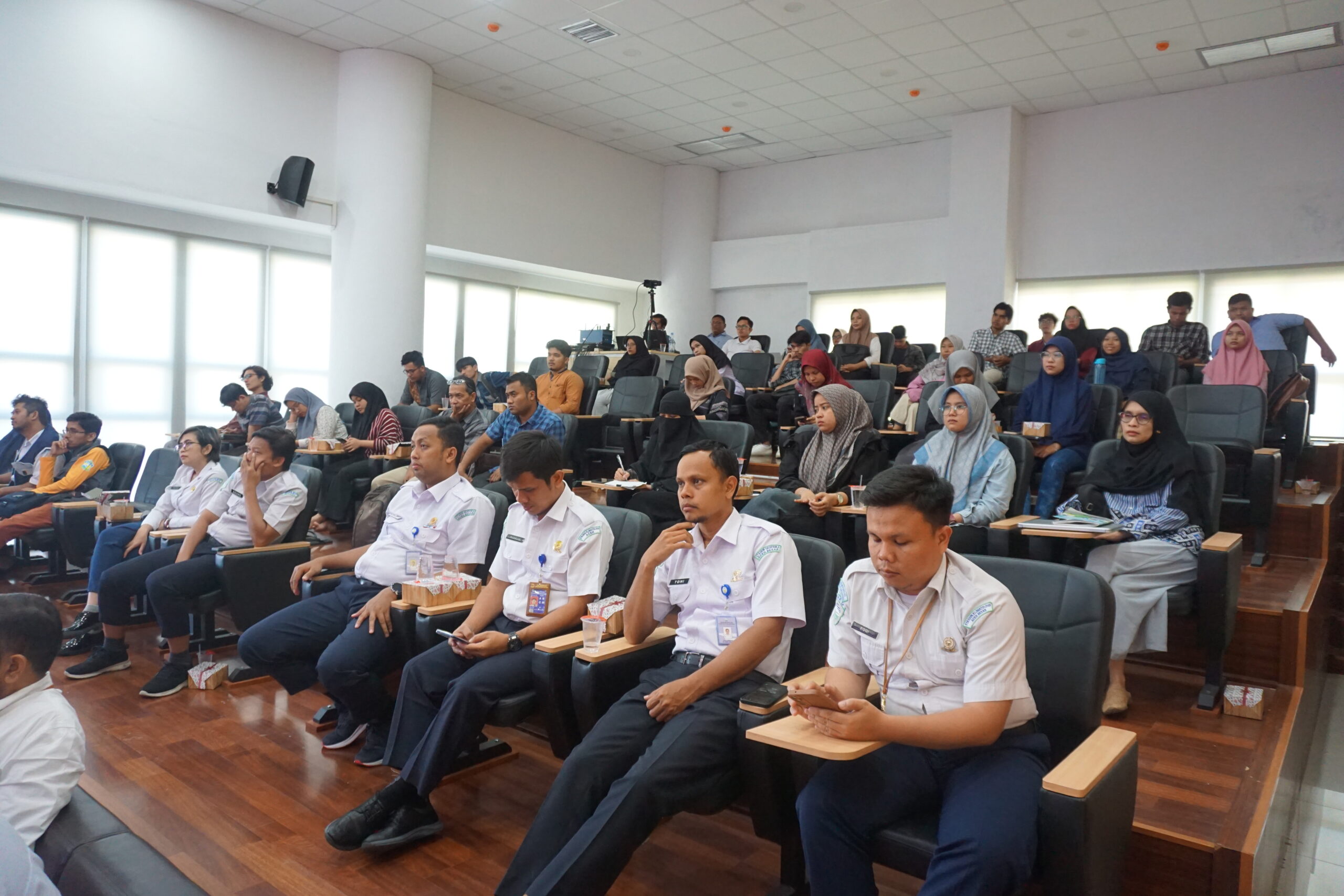
Banda Aceh – A public lecture with the theme “Indonesia’s Earthquake Sources and Early Warning System” was held, attended by 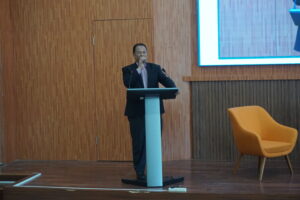 Prof. Dr. Ir. Agussabti, M.Si., IPU, Vice Rector I for Academic Affairs, and Prof. Dr. Syamsidik, ST., M.Sc, Director of TDMRC .
Prof. Dr. Ir. Agussabti, M.Si., IPU, Vice Rector I for Academic Affairs, and Prof. Dr. Syamsidik, ST., M.Sc, Director of TDMRC . 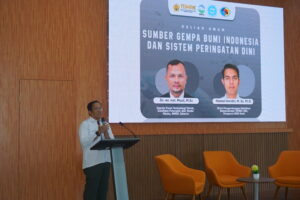 They delivered opening remarks before the public lecture began. The event featured two speakers, Dr. rer. nat. Muzli, M.Sc, the Head of the Technical Seismology Center for Potential Geophysics and Timing at BMKG Jakarta. He presented on the Early Warning System implemented by BMKG. He also mentioned that one of the functions of BMKG is to formulate national policies in the field of meteorology, climatology, and geophysics, including the development and control of instrumentation, calibration, and communication networks in those fields.
They delivered opening remarks before the public lecture began. The event featured two speakers, Dr. rer. nat. Muzli, M.Sc, the Head of the Technical Seismology Center for Potential Geophysics and Timing at BMKG Jakarta. He presented on the Early Warning System implemented by BMKG. He also mentioned that one of the functions of BMKG is to formulate national policies in the field of meteorology, climatology, and geophysics, including the development and control of instrumentation, calibration, and communication networks in those fields.
“Whenever an earthquake occurs, BMKG is responsible for releasing information about whether it has caused or has the potential to generate a tsunami,” he said.
Towards the end of his presentation, he summarized BMKG’s duties, which involve carrying out governmental tasks in the fields of meteorology, climatology, air quality, and geophysics, in accordance with applicable regulations.
The second speaker, Haekal Haridhi, M.Sc, PhD, Chair of the Disaster Training Development Division at TDMRC USK, discussed the sources of earthquakes in Indonesia and the early warning system. He also highlighted mitigation efforts for earthquake hazards, including:
1. Shallow earthquakes have been extensively studied, but there is limited research on deep earthquakes.
2. Deep earthquakes have the potential to cause significant damage.
He stated, “When detecting landslides in a particular area, the further the distance, the lower the energy.”
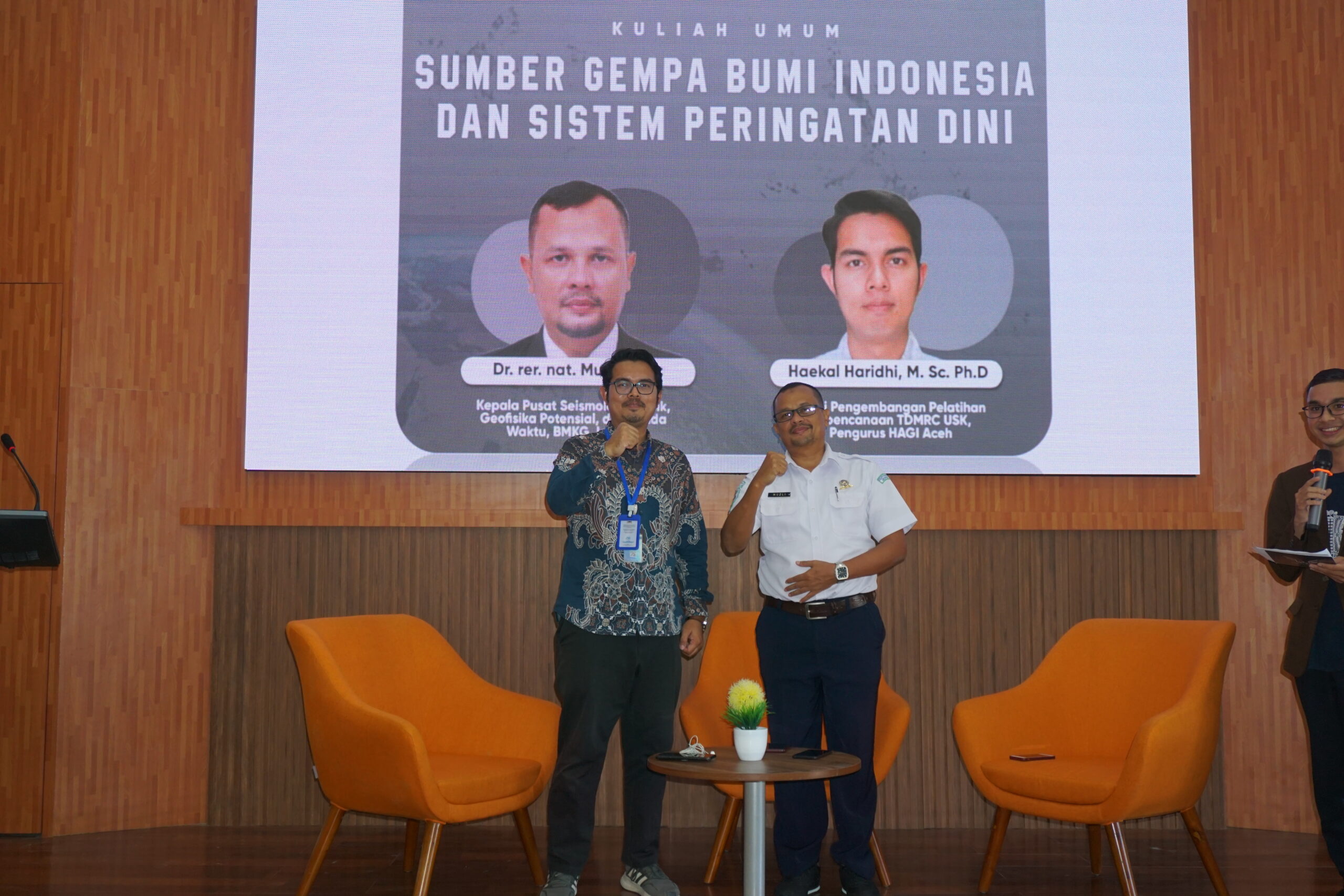
Several students from the Geology and Geophysics Engineering departments at Universitas Syiah Kuala, as well as colleagues from the BMKG office in Banda Aceh, attended this public lecture. After the lecture, the BMKG colleagues were taken on a tour to observe the facilities at TDMRC, such as the Observation Room for real-time earthquake research to detect earthquake locations, the Shaking Table facility used to simulate structural building specimens, and the Flume facility used for tsunami modeling.
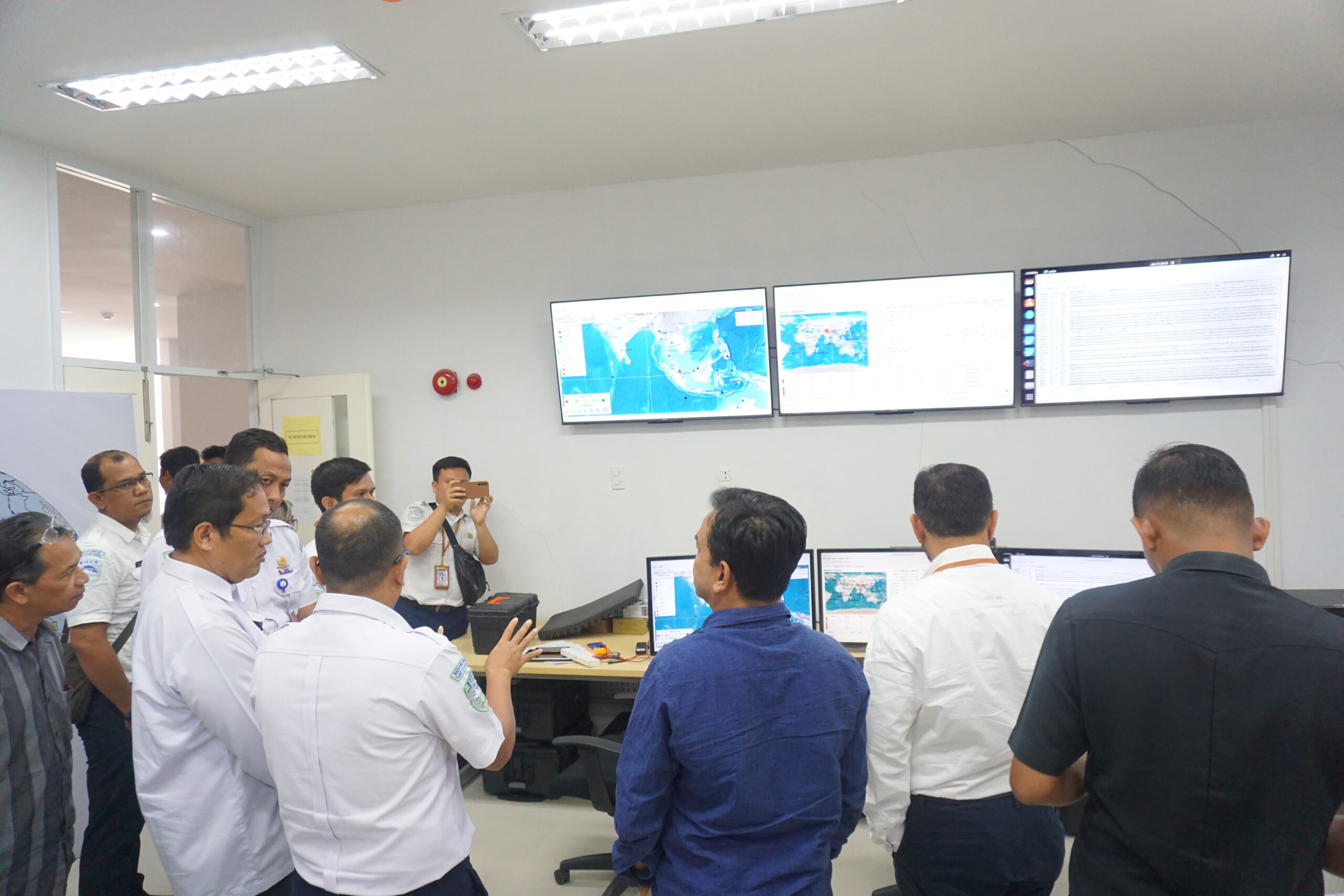
Observation Room TDMRC
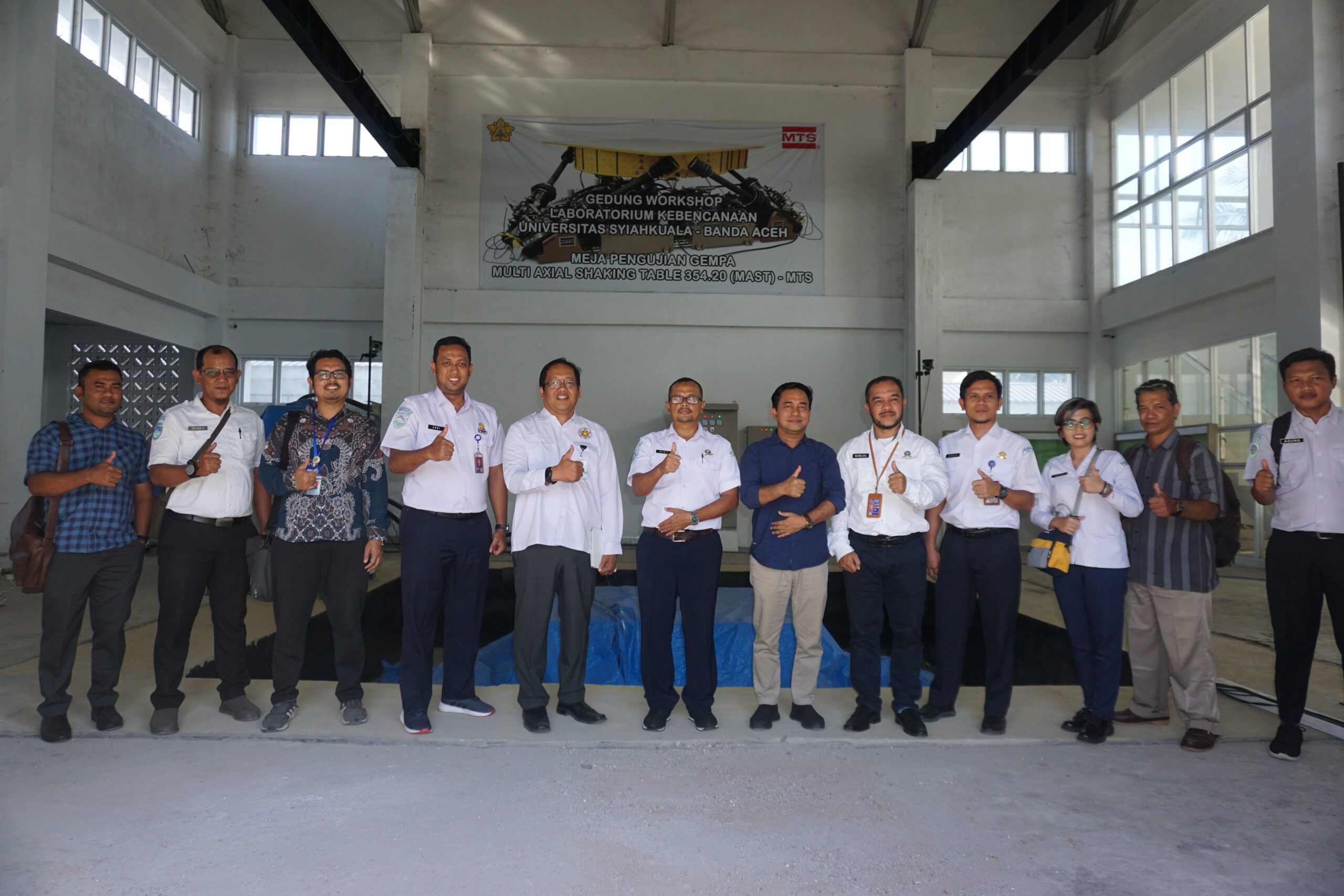
Shaking Table TDMRC
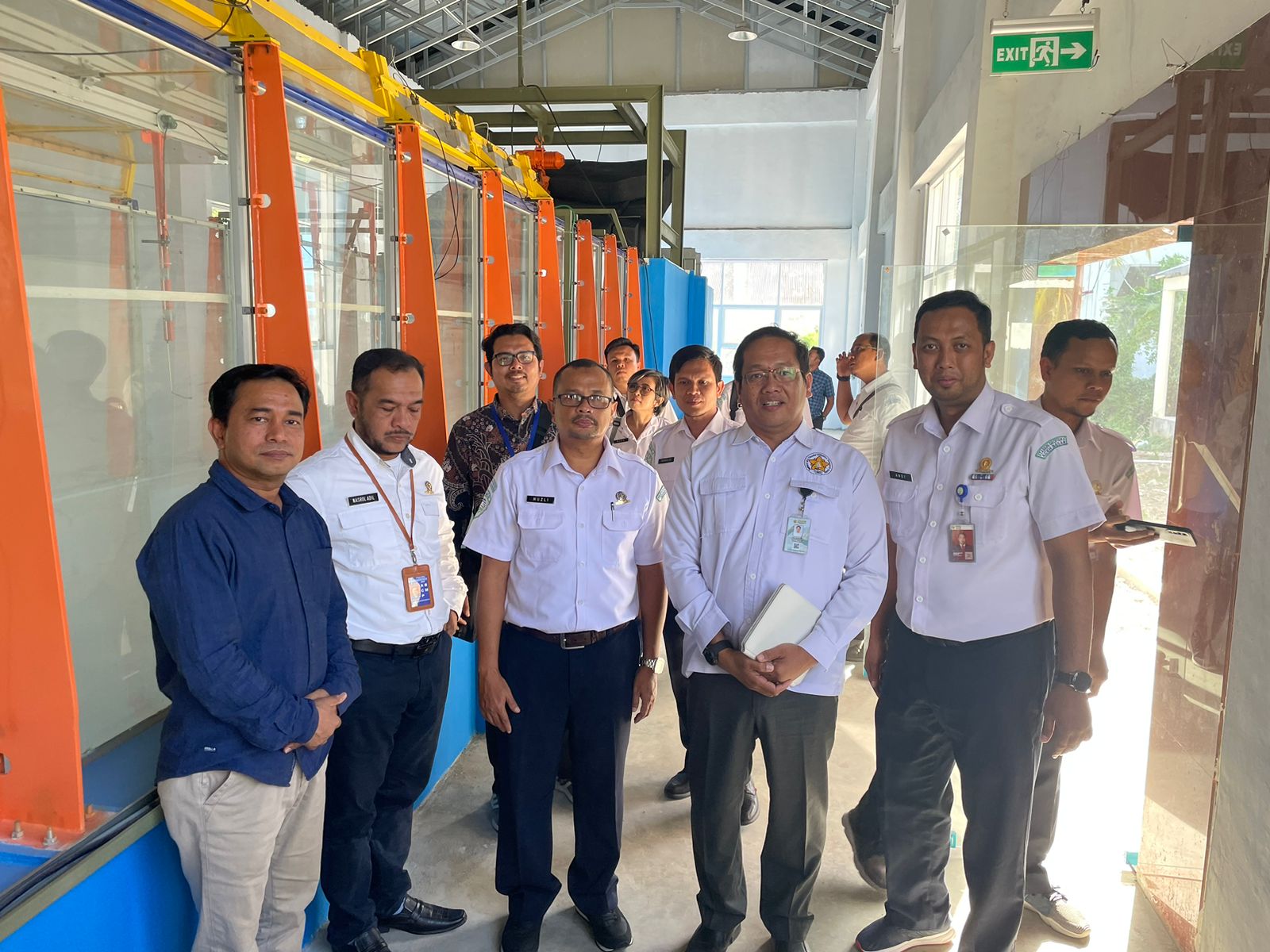
Flume TDMRC


